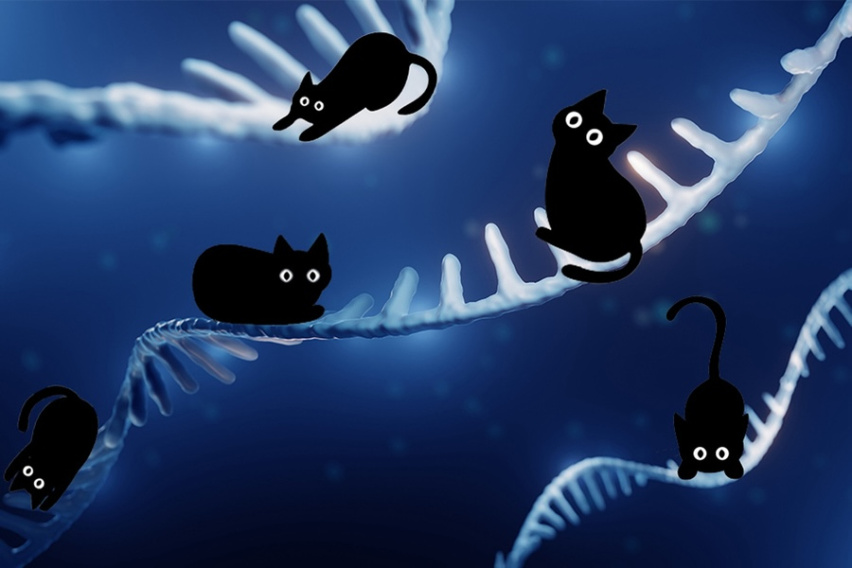MIT Koch Institute
January 31, 2018
The Koch Institute is thrilled to announce four new extramural faculty members: Regina Barzilay, Ed Boyden, Jeremiah Johnson, and Alex Shalek.
Barzilay, the Delta Electronics Professor of Electrical Engineering and Computer Science and a member of the Computer Science and Artificial Intelligence Laboratory at MIT, will bring to the KI her unique expertise in using data and machine learning to advance cancer detection and treatment. She is the recent recipient of a 2017 MacArthur Fellowship, which is known by many as the “genius award.”
Boyden is Associate Professor of Biological Engineering and Brain and Cognitive Sciences at MIT's McGovern Institute and Media Lab, where he leads the Synthetic Neurobiology Group. His work focuses on developing tools for analyzing and repairing complex biological systems such as the brain, and applying those tools systematically to reveal fundamental principles of biological function. Boyden was recently named the recipient of NIH's Transformative Research Award.
Johnson, Associate Professor of Chemistry at MIT, works to develop new macromolecule tools to address problems in chemistry, medicine, biology, energy, and polymer physics. He was recently named the winner of the MIT School of Science Teaching Prize for Undergraduate Education.
Lastly, Shalek, who was recently named the Pfizer Inc.-Gerald Laubach Career Development Assistant Professor in the Department of Chemistry, leverages advances in nanotechnology and chemical biology to develop broadly applicable platforms for manipulating and profiling many interacting single cells in order to examine ensemble cellular behaviors from the bottom up. Fun fact: Alex was also a Koch Institute Image Awards winner back in 2013. Welcome, all!
